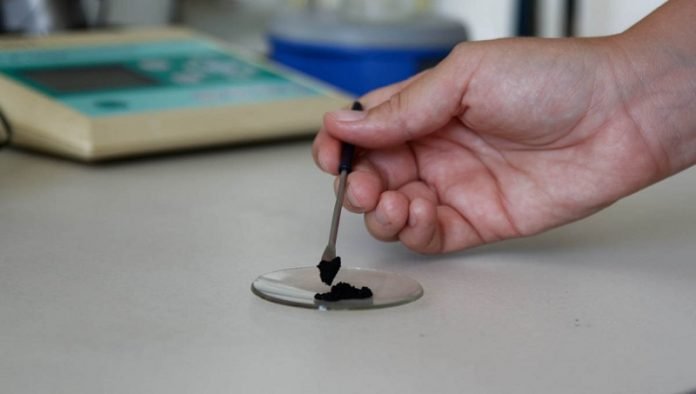
Chemists have discovered the best sorbent (based on amino polymers) for extracting silver from solutions.
It helps selectively extract the precious metal, even if its concentration in solutions is negligible.
The new sorbent will not only simplify the extraction of silver in industry, but will also help purify drinking water (a high concentration of silver in water is toxic to the body), in fishery reservoirs, and will also be useful in the processing of production waste.
The description of the sorbent was published in the Russian Journal of Inorganic Chemistry.
“Sorption of metal ions is facilitated by the very nature of the aminopolymer matrix of sorbents.
And the introduction of sulfoethyl groups into it, as shown by our studies, leads to a significant increase in the selective properties of sorbents – the ability to absorb only certain ones from a wide range of different ions,” says Yulia Petrova, Head of the research group and Associate Professor at the Department of Analytical and Environmental Chemistry at Ural Federal University.
According to Yulia Petrova, the more sulfoethyl groups in the composition of the sorbent, the better the selective properties.
“Specifically, this work is devoted to the study of the rate of extraction of silver ions from multicomponent solutions in the presence of ions of copper, nickel, cobalt, zinc, and several other metals,” add Yulia Petrova.
During the research, scientists tested four sorbents based on aminopolymers – chitosan, polyallylamine, polyethyleneimine, and polyaminostyrene.
These sorbents were synthesized by Ural Federal University chemists with colleagues from the Laboratory of Organic Materials of the Institute of Organic Synthesis of the Ural Branch of the Russian Academy of Sciences.
As a result, the analysis showed that copper ions, more than ions of other metals, interfere with the “selection” of silver. Sulfoethylated polyallylamine has the highest selectivity, and sulfoethylated polyaminostyrene has the highest selectivity.
In the case of a sorbent based on polyallylamine, even copper is unable to seriously interfere with the sorption process: its initial rate and, as a result, the concentration of sorbed silver ions in the sorbent remain as high as possible.
Chitosan is productive in the sorption of both silver and copper, and the higher the degree of modification of chitosan with sulfoethyl groups, the higher the selectivity of silver sorption.
“The results of our research make it possible to choose the most effective sorbent for solving certain problems, depending on the degree of modification of sorbents with sulfoethyl groups, the acidity of the solution, the concentration of metals, and the rate of sorption.
This opens up opportunities for creating materials with desired properties, for extracting various metals even from solutions in which the content of these metals is negligible,” says Yulia Petrova.
Source: Ural Federal University.



